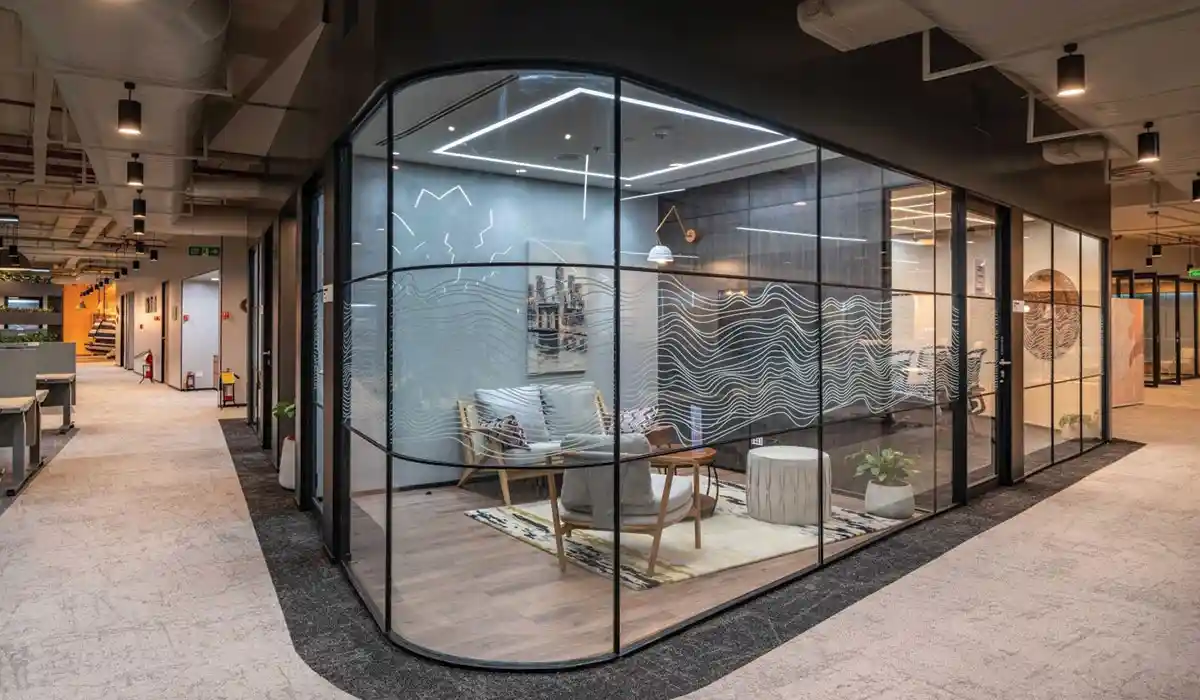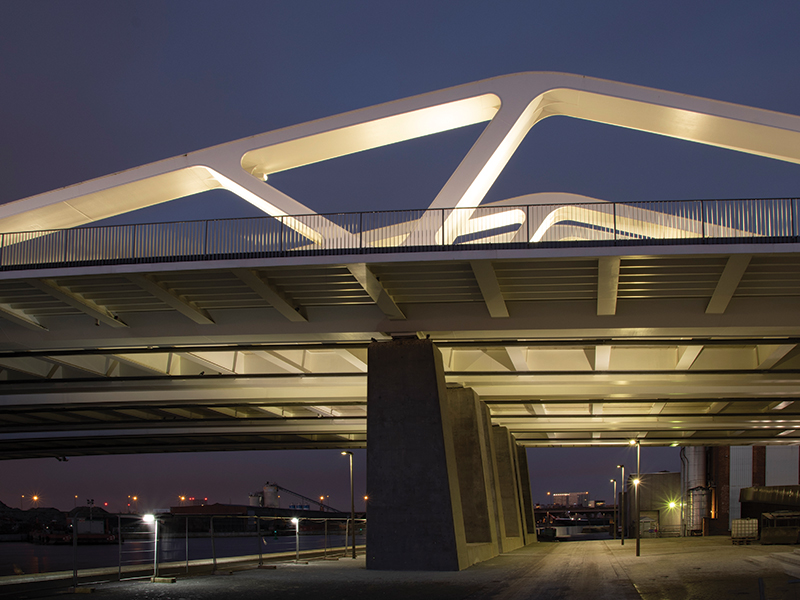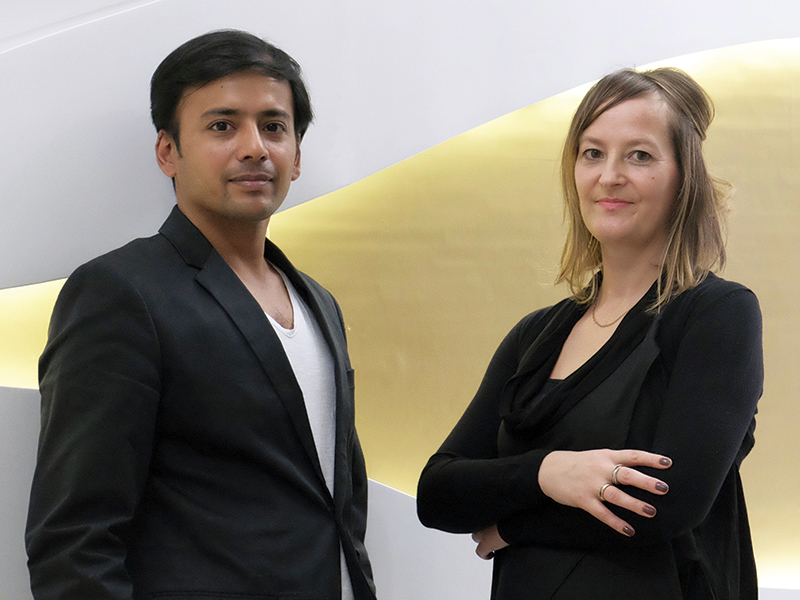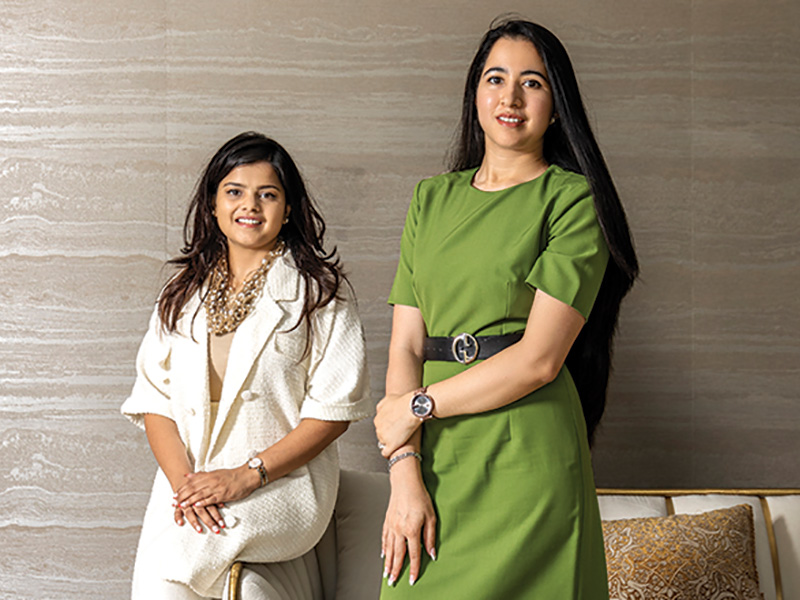
There are two primary considerations that go into designing a contemporary office space. The first is the impact of the workspace on the wellness of the users, and on the environment. With the rising climate change concerns, it is a must for every office designer to create spaces that are sustainable and which minimize carbon footprint.
The second key consideration is flexibility of the workspace as working styles differ and are subject to dynamic changes from one individual to another. Even creation of flexible spaces that can be used in diverse ways such as individual spaces, small collaborative team working areas, or as meeting rooms for the entire teams, facilitates optimal space utilization and helps in ensuring that everyone is included, valued, and given due respect.
From a design perspective, creating personalized workspaces ensures support to employee performance. We are witnessing significantly high integration of aesthetic elements like biophilia, natural sounds and lighting, wellness and fitness zones etc. into almost every office space now.
Spatial design and visual aesthetics
Spatial design and visual aesthetics are important in creating a work environment of productivity. We are constantly working in a digitally driven environment, and it has become crucial to give adequate emphasis on creating a holistic work environment that has spatial as well as visual elements to create a positive impression on the users’ minds. Creating an integrated spatial layout helps in creating a seamless office experience where different zones are fused into each other to enable inclusive and collaborative working.
The best option is to create overlapping zones that lead to random employee interactions and ease of group collaborations. We have focused on facilitating diverse ways of work. Some options that we offer are myriad seating spaces like heads down space; alternative work points that allow anyone to sit anywhere at any point throughout the office; silent focused work areas; and experiential walls which the employees can use to unleash their creativity and engage with their colleagues.
It is no secret that poorly lit or cramped spaces adversely affect mental and physical health by creating stress and a sense of limitation. The office spaces should always be well-lit and aesthetically pleasing to create a sense of empowerment, free flow of energy and ideas, and help achieve greater productivity.

Employee and brand centric layout
There is a new approach to design which leverages the integration of culture and employee engagement to build a holistic and delightful experience. A lot of emphasis is given to various contributory factors that lead to employee satisfaction, engagement, wellness, and alignment to organizational goals to create a healthy work-life balance. There is a demand for unconventional work areas among the millennial workforce.
A lot of organizations are focusing on green biophilic integrations and design elements that make the office look similar to a recreational area or a popular holiday destination. Creating effects that make one feel amidst nature works wonders on reducing stress and helping people focus better.
The other key design change in post-pandemic times is about creating an office that is as comfortable as home to create warmth and foster productivity. Meditation pods, gym, yoga area etc, are great ideas to highlight an employee-oriented work culture.
Creating a strong brand integration is also kept in mind while designing an office layout. It enables greater flexibility and comfort for employees alongside keeping them constantly connected with the organization through audio-visual elements.

Technology-driven layout
Technology has evolved tremendously courtesy AI, IoT and smartphone apps, and it has to be leveraged in every possible way to enhance productivity and employee experience in offices. Modern businesses are paying a lot of attention to automation and integrating smart interfaces to reduce workloads and make collaboration seamless, speedier, and simpler.
Similarly, integration of beacons, sensors and mobile apps is helping employees perform non-essential or menial tasks in a better way without spending much time on them. An integrated workplace application that has an interactive floor plan can give real-time visibility of all the spaces and meeting rooms to every employee. For instance, when someone might want to use a meeting room or a particular workstation, instead of raising a request or walking to that space to find whether it is free or occupied, the interactive system would display real-time status to the person. They can choose to block it if it is available or schedule usage when it becomes available.
Other technology solutions for making a well-integrated office are:
Building management – Room occupancy sensors and status displays, smart locker systems, automated glare control, air quality monitor, temperature control monitor, circadian lighting systems, and music control or li-fi.
Security – Access control, facial recognition, and alerts.
The overall aim is to create seamless and touchless offices to the extent possible.















